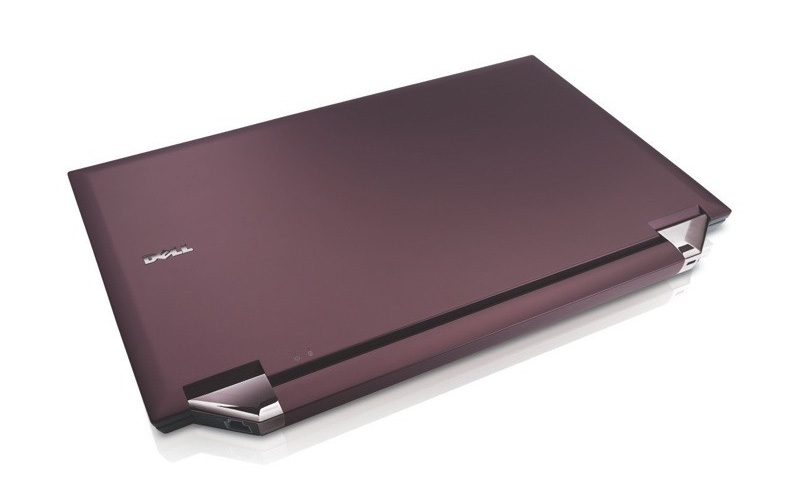
Panasonic as introduced its KX-WP1050 Panasonic Wi-Fi Phone, hoping to tap into the popularity of Skype VoIP calling while offering customers everything they need to take VoIP calling away from their computers, home broadband networks, or, heck, even the need to locate a Wi-Fi hotspot.
“With the growing popularity of Skype and the mass availability of broadband in homes, offices and hotels, the KX-WP1050 will be a powerful communications tool for anyone who wants to take advantage of easily accessible and either free or inexpensive Internet calling,” said Mike Timar, Panasonic Consumer Electronics Company’s national marketing manager, in a statement. “This exciting product will enable greater flexibility in communications for both home and business users.”
Priced at a rather astonishing $399.95, the KX-WP1050 Panasonic Wi-Fi Phone includes a cordless handset with an integrated 1.8-inch LCD display for displaying Skype contact lists, call histories, address books, and other elements of the phone interface. The KX-WP1050 is compatible with free Skype-to-Skype calling, and is capable of placing and receiving calls with normal landlines and mobile phones using SkypeIn and SkypeOut; the phone can also accss Skype voicemail—just $29.95 for one year’s worth of calling in the U.S. and Canada. It also also supports Skype’s online presence indicators, call forwarding, and conference calls.
But Panasonic doesn’t stop with the handset: the KX-WP1050 comes with its own wireles base station, which automatically connects to the handset using 256-bit AES encryption (WPA) so no one can drop in on your calls. Anywhere users can get a broadband connection—whether via Ethernet or 802.11b/g Wi-Fi, using DHCP, PPPoE, or a static IP address—users can guarantee their calls are secure. (Presumably the base station can also be used with other Wi-Fi gear like notebooks or palmtops: the base station’s DHCP server can handle five clients, including one for the KX-WP1050 handset). And, for your $400, you also get a leather carrying case which makes the whole Wi-Fi handset and wireless router as easy to carry around and a shaving kit. The KX-WP1050 complies with safety and communications standards in Japan, Germany, France, the U.K., and Canada and the adapter handles everything from 100 to 240 V, so folks should feel comfortable taking it overseas. Panasonic claims the unit can get up to 55 hours of standby time and 4.5 hour of talk time on its rechargeable lithium-ion battery, and an optional USB connection lets computer-enabled users connect the phone to a PC.
We’re not entire sure how spending $400 for a Wi-Fi phone is a good idea—much of the appeal of Skype is that it’s less expensive than traditional calling plans, and some industry research says Wi-Fi only phones are going to be a mere niche compared to Wi-Fi/cellular dual mode phones in a few years’ time. But if you travel frequently, need to place lots of calls on the road, and would love a leather carrying case…Panasonic’s would like you to consider the KX-WP1050.
Editors' Recommendations
- Samsung just launched a $400 phone in the U.S., and it looks great
- What is Wi-Fi calling, and how does it work?
- These are the apps people use the most on in-flight Wi-Fi
- How to share a Wi-Fi password on iPhone or iPad
- Microsoft is already expanding Bing Chat to Skype and phones


